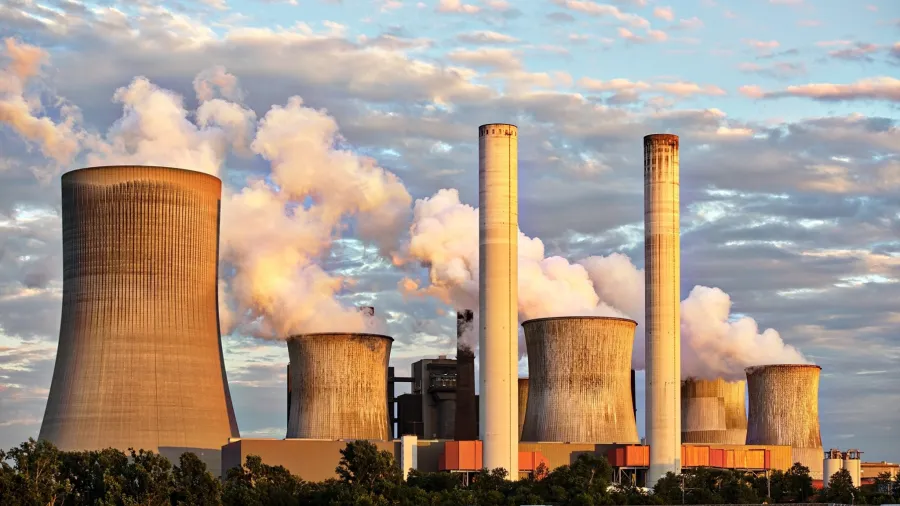
Could phase-outs harm Asia’s nuclear energy growth?
The region is expected to bring 30GW in electricity per year with 32 reactors under construction.
When France, the US, Sweden, and Russia shut down their 40-year-old nuclear reactors, the global nuclear capacity inevitably lost 5.4 gigawatts (GW). Now that plans to phase-out nuclear reactors in South Korea and Japan hang in limbo, will Asia also risk losing a portion of its capacity? Rystad Energy says otherwise—phase-outs will barely scathe Asia’s nuclear capacity growth.
This is thanks to emerging markets, such as Pakistan and Bangladesh, that have scaled up production of energy from nuclear reactors, and even Vietnam, which is making progress in exploring small nuclear reactors.
“Many countries in Asia are ramping up the contribution from nuclear power so the nuclear phase-out plans or to reduce the dependency on nuclear power will not have a significant effect in the near term,” Karan Satwani, Rystad Energy, Analyst, Energy Services, told Asian Power.
Next to Europe with more than 170 nuclear reactors in operation, Asia leads the growth of installed capacity. The region has about 140 nuclear reactors and is the main driver of growth with 32 nuclear reactors in the works that will generate 30GW in electricity annually. This is largely driven by China, which has at least 150 new reactors planned in the next 15 years, as well as India, and South Korea.
In an exclusive interview, Satwani discussed further with Asian Power the growth potential of nuclear energy in the region as well as continuing challenges that it faces.
What markets are driving the investment in nuclear energy in Asia?
Investments in the nuclear sector are driven by large Asian countries like China and India where the government bodies are planning to increase the share of nuclear power. China aims to have 70 gigawatt electrical (GWe) of operational nuclear power capacity by 2025, with ambitions to reach about 180GWe of operational capacity by 2035. Meanwhile, India is counting on its nuclear program to help the country meet its Paris climate commitments to reduce the emissions intensity of its economy by a third from 2005 levels by 2030. It plans to have 14.5GWe of nuclear power capacity by 2024 and about 22.5GWe by 2031, aspiring towards a 25% contribution of nuclear energy by 2050.
Apart from China, India, and South Korea, Pakistan also aims to increase its energy production from nuclear reactors to four times its current capacity by the end of 2030 to 8.8GW.
Bangladesh is also set to become a new entrant in the nuclear market as their first 2.2GW nuclear plant is expected to be commissioned in 2023 and has plans to extend the nuclear capacity to 7GW by 2041. Meanwhile, Southeast Asian countries like Vietnam are progressing with early studies related to a small nuclear reactor.
As mentioned in your report, there are countries in the US and France where nuclear reactors are being closed down. Is this a scenario that can be expected in Asia and how will it affect its growth in nuclear energy?
The early adopters of nuclear power technology were primarily centered in Europe and the Americas where many plants were commissioned in the 1970s are approaching the end of their technical life leading to the closure of these plants. In Asia, some nuclear power plants in Japan are approaching the end of their life cycle and with the country's plans to reduce dependency on nuclear power, we could see some plants being closed down after 2030.
A decline in installed capacity is expected, provided the countries like South Korea and Japan stay firm on their plans to phase out nuclear power. Many countries in Asia are ramping up the contribution from nuclear power so the nuclear phase-out plans or to reduce the dependency on nuclear power will not have a significant effect in the near term and the installed capacity in Asia could see positive year-on-year growth and reach the peak by 2040.
What are other possible challenges to the growth of nuclear energy that could emerge in the region?
The long time lag between planning and operating a nuclear reactor could be one of the main reasons that might affect the targets set by various government bodies. This might be due to financing of high capital costs, licensing and regulatory approvals, coupled with long lead times and construction delays.
What can governments do to improve the political and economic environment for the development of nuclear energy?
Commercial nuclear power is sometimes viewed by the general public as a dangerous or unstable process based on the previous global nuclear accidents. This can be minimised by sharing fact-based information about nuclear energy through social media and efforts to educate the public on the actual pros and cons of nuclear energy.
The policymakers can also make use of advancements in technologies to extend the lifetime of the aging plants which could be an economically feasible option to maximise the output.
What is the role of nuclear energy in the clean energy transition? Should it be considered as “green”?
Nuclear plants generate electricity through fission, without any fossil fuel combustion. Having the lowest land requirements of the low carbon energy sources can generate power 24/7 unlike wind and solar.
Although it requires high capital cost upfront, nuclear operations can be cost-competitive with renewables over the long run.
Many countries have committed to increasing the share of power from nuclear energy to meet the Paris Agreement targets. But the political and economic environment, and the public lack of support, could make the prospect of accomplishing these ambitious objectives difficult. However, there is a need for innovation in replacing plants reaching the end of their lives, and adding new plants to the existing fleet.
Nuclear power may be on the brink of a resurgence as the European Union prepares a draft proposal to classify nuclear power as a green investment. On the positive side, nuclear power has been identified as a clean, low-carbon power source that has a long lifespan. On the flip side, it continues to be subject to concerns regarding the handling and disposal of spent radioactive fuel, fears of nuclear calamity due to plant core meltdown, and worries about the weaponisation aspects of radioactive materials.
With the increased adoption of nuclear power, there needs to be rigorous adoption of safety and transparent tracking and reporting of fresh, spent, and reprocessed nuclear fuel. Also, stricter emphasis is needed to set up permanent infrastructure for the safe disposal of nuclear wastes.

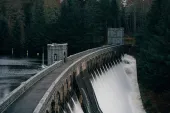

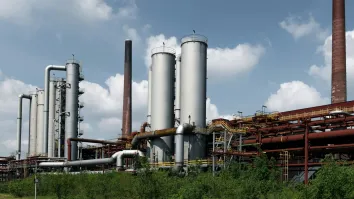
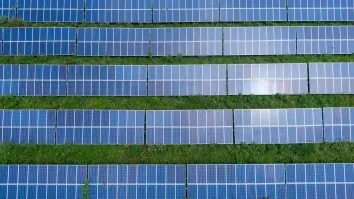
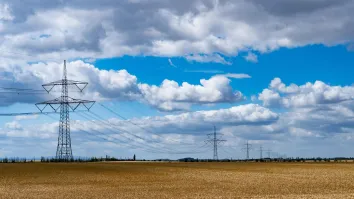
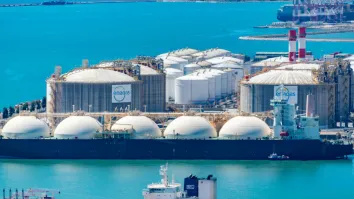












 Advertise
Advertise






